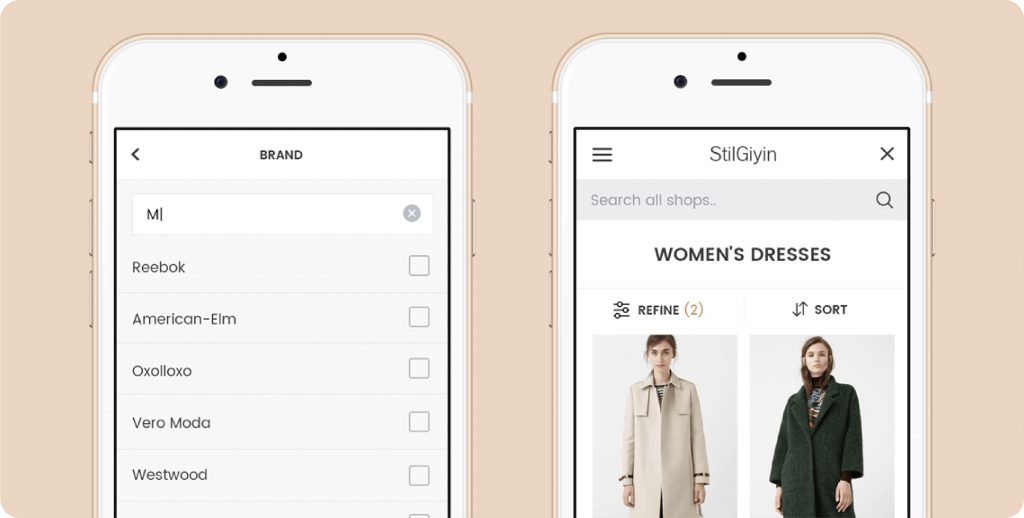Around 1.8 billion websites was on the world wide web in 2017. The figure is growing each minute, although 75% of their total number is actually inactive dead pages. How to ensure your website will not fade instead of bringing new clients and revenues to your company? Learn about reliable tools and methods to keep your website alive and blooming.
written by:
Anton Rykov
Product Manager, Qulix Systems
Around 1.8 billion websites was on the world wide web in 2017. The figure is growing each minute, although 75% of their total number is actually inactive dead pages. How to ensure your website will not fade instead of bringing new clients and revenues to your company? Learn about reliable tools and methods to keep your website alive and blooming.
Contents
Introduction
Any website that lasts has equally strong functional and aesthetic basis. Should one of these components fail to serve its purpose, the whole website fails: it does not attract the customers, nor it tells anything about your business or urges to use your services. Let’s see in detail what can go wrong and how you can fix it.
-
Respond quickly
How much do you expect a visitor to ‘wait at the door’? The optimum load time of your website is 2 seconds, while Google aims ‘for under a half second’. In case it exceeds a 3-second wait time, 53% of the visitors abandon your page as if no one’s at home. The only way out is to search for the problem. They can be numerous as are their solutions. For a start, we picked some worthy testing tools for you.
Google Page Speed Insights – checks how your website operates on desktop or mobile devices. The tool can give valuable insights on what may malfunction.
Pingdom Website Speed Test – lets you test your website from numerous geographical locations. Provides summary of performance grade, response codes, content size, etc.
Performance Budget Calculator – this little thing will tell you what kind of content you can afford based on your bandwidth without compromising your load speed.
-
Be mobile
Today is for mobile-friendly content and mobile-oriented technologies. Sixty three percent of all the traffic in America accounts for mobile devices. Google confirmed that its algorithms will ‘primarily use the mobile version of the content for indexing and ranking’. Mobile-first is a proven lead-grabbing strategy, and if you are not sure you follow the right path, take this simple test to check it. Happy with the results? If not, you may study these useful guidelines or contact our team.
-
Play by the rules
Back at the dawn of the Internet, a website could be a pure flight of fantasy. Stuffed with pictures/audio/video, with text all over the page or hardly containing any text at all, it still could operate. Today’s websites are weapons at the marketing war which goes by the rules of SEO. The stakes are high as the birthrate of the do's and don’ts from SEO experts. However, Google has long made its position clear – make pages for users, not for search engines. It advises to adhere to clear hierarchy and text links. Be generous with your customers – share valuable and relevant content. A controlled dosage of key words attracts both humans and robots and ensures your articles will never look spam-like. Create your site with user experience in mind. "No one likes to link to a crummy site" phenomenon is all about killing your conversions with user-unfriendly pages.
Read also:
-
Use the right words
Apart from stringent laws, there is still room for creativity. However, ideal content should be relevant and simple. Misuse of jargon or clichés along with too sophisticated wordings discourage from action.
More often than not, we all need some push. Still do not rush to throw pop-ups one after another or plant deceptive links all over the page. Use soft advertising or unobtrusive push-buttons instead.
Complying with copyright is not a choice but necessity. Think of a unique text as of a competitive advantage. Google knows the content was copied, even if the author of the original doesn’t. In case it finds two equivalent versions of a story, it displays only one of them. It means that at least 5 times out of 10 the unfair player will not appear in the search results.
-
Attract the eye (as much as the brain)
UI/UX sets a high bar for any business as it implies your website should be user-oriented as well as informative and entertaining at the same time. Do your guests follow your scenario of conversion? Do they know where to go to contact you? Do they like what they see? All the impressions fuse into single feedback that drives your revenues or drowns your business. Launch these simple tools to see if your strategy brings leads to you. Surveys, analytics, heat maps or A/B testing – any means will do, but they will show their best when applied together.
A bonus video:
A 5-second usability test from Nielson Norman Group helps find the faults of web design.
The best theory is practice
STILGIYIN, a fashion market venue, needed responsive design for their website catalogue. Qulix team was in charge of overhaul of the website. See the steps we took.
The major task of the project was to create a user-friendly interface focusing on the product catalogue. We considered numerous users’ scenarios to find the best option of viewing and filtering goods.
Our client wanted to highlight their cooperation with customers, simplicity, freedom and comfort. Pastel colors helped to create a relaxed atmosphere on the site. Poppins font was chosen due to its minimalism and a user-friendly interface. Using Google Fonts allows displaying text on any device in any browser regardless of screen resolution.
To display the elements in a convenient way (product image, name, description, price, hyperlink and brand) we used a movable product grid, which is adaptable to any screen. We engaged our analytics team to select the best option for displaying items and relevant information. As a result, we were able to create a user-friendly website responsive to any device.
Need more expertise? Contact us for more details on UI/UX and Responsive Web Design.

Contacts
Feel free to get in touch with us! Use this contact form for an ASAP response.
Call us at +44 151 528 8015
E-mail us at request@qulix.com









